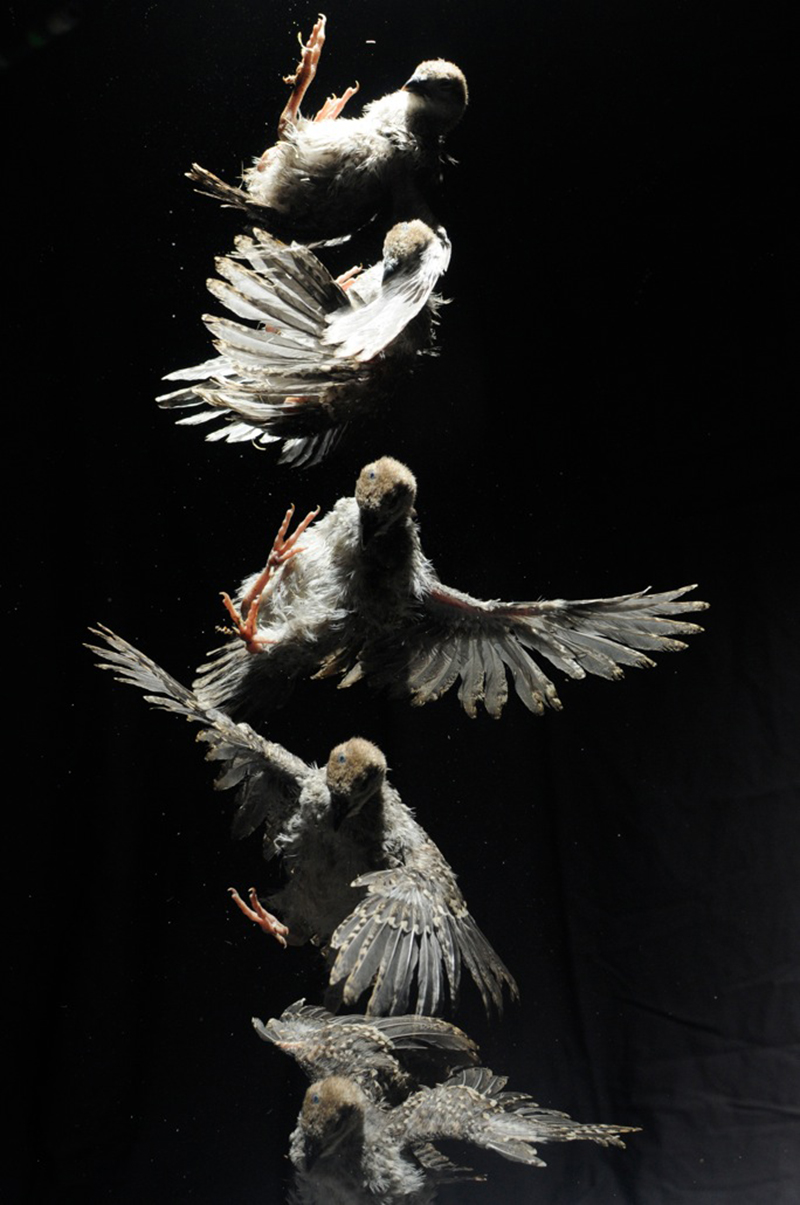Our dreams often carry an odd quality of unrecognisable beauty. Dreams are one of the mysteries of the human mind, and are the subject of many scientific theories and examinations. However, they continue to evade our understanding. Perhaps, the reason behind this, is the fact that dreams are much too personal and unique to an individual’s mind for any form of external inspection to yield conclusive information.
This mysteriousness surrounding dreams are not limited to the ones we have when we sleep, but extend also to the dreams that we build and work towards achieving while we are awake. Every time we move from one stage of our life to the next, we create a few new dreams, keep some of our old ones, and discard the rest. For individuals who are nearing adulthood, this process becomes just a little more tedious, as our dreams and the reasons behind our dreams are evaluated and edited for us.
Ironically, it is under those selectively scrutinous eyes that it is easiest for young people to slip through the cracks and disappear. Why do bright children with strong goals and great dreams suddenly lose their way in life? Why do young people who have so many guides watching over them disappear into unsatisfactory futures?
Recently, I discovered how birds learn to fly. In some species, when a bird is born and has grown old enough to be able to fly, its mother would simply nudge it off of its nest and let it fall towards the ground. Usually, the baby bird’s natural instinct would take over, and it would begin to fly. For some birds this may take longer than usual, and there is even the possibility that babies would become injured by this method. However, sooner or later, they always teach themselves how to fly and will become independent birds that can fly and fend for themselves on their own. This method may seem cruel to the observing bystander, but it must be noted that a bird which cannot fly is much less likely to survive in the wild than a bird that has learned to fly by seemingly rough methods.
Young people have begun to share an odd similarity with baby birds. Young people are skilled, intelligent, and have all the support they could possibly need. Regardless of these facts, we remain comfortable in our soft and warm nests. We remain comfortable dreaming instead of doing. This is the reason why so many of us have great potential and all the right conditions for success, but still seem to vanish as time goes on. We become dependent on others to push us towards achieving our own goals. Then, as we get older, the amount of people who are willing to spend their time and energy pushing us grows fewer, and we become the sole reason behind our success. At this point, if we have not learnt to motivate ourselves, we become birds that cannot fly.
It has become quite easy for our generation to live their entire lives without stepping out of their comfort zone. Why does a five year old who wants to become an astronaut suddenly find their dream unrealistic when they become fifteen years old? When did our students learn that a good reason for not doing something they love is that it is difficult to do?
When it is falling off the tree, and the world is spiralling around it, a baby bird has no option but to learn how to fly. It cannot stop to consider whether it is capable or not. It cannot stop to ask itself whether it should or should not, it simply flies. As human beings and as young people, it is up to us to make our dreams something imperative, something so important that you need to achieve it, no matter what. We need to start teaching ourselves how to fly without relying on someone to push us off the edge. We may find that the feeling of wind beneath our wings is much more magnificent than the warmth that a nest can provide.











